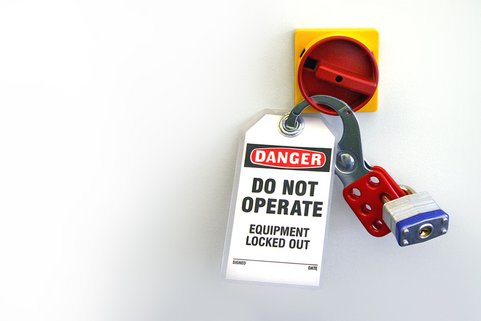6 minutes09/11/2023
Tragic workplace accident: An electrician is assigned to inspect the circuity of a production facility. He begins by shutting down all systems and entering the facility. During the inspection, another person, unaware of the ongoing maintenance, enters the production area and reactivates the plant. This causes electric current to surge through the wires, resulting in an electric shock to the electrician inside the facility. This incident could have been avoided with the implementation of the lockout-tagout system.
Unfortunately, such incidents are not isolated. Data from the U.S. Bureau of Labor Statistics' Census of Fatal Occupational Injuries reveal the precarious nature of maintenance work. In the United States, maintenance workers rank 21st among the most dangerous occupations, with a fatal injury rate of 13 per 100,000 workers. Among the most common fatal injuries are those involving contact with objects and equipment.
EU-OSHA findings paint a similar picture. Approximately 15% of all accidents in countries such as Belgium, Finland, Spain, and Italy can be attributed to maintenance operations. Looking across different European countries, statistics from 2006 show that maintenance operations accounted for around 10-15% of all fatal accidents.
There are many hazardous associated with maintenance work that can cause accidents of varying severity. These hazards range from electrical currents, hydraulic power, and steam to electromagnetic radiation and hazardous chemicals. As a responsible manager or occupational safety specialist, ensuring maintenance safety should be a top priority, especially when working with contractors. This article will provide you with insight into the skillful use of simple lockout-tagout systems – a cornerstone of preventive safety.






